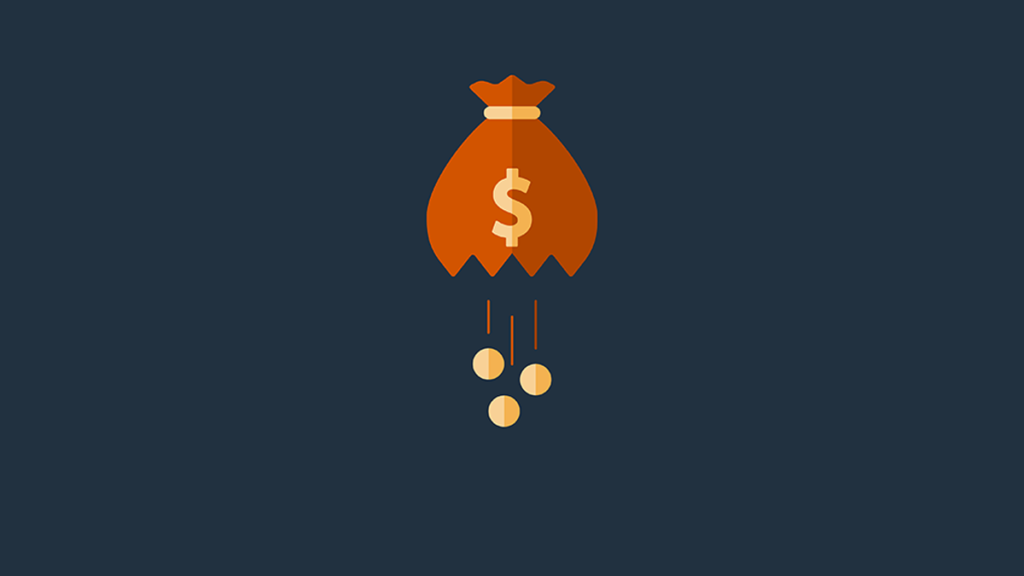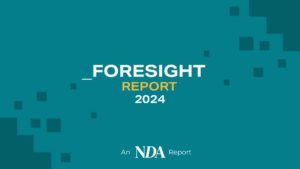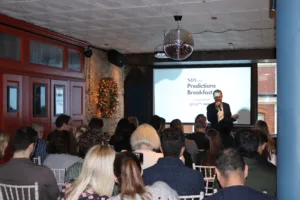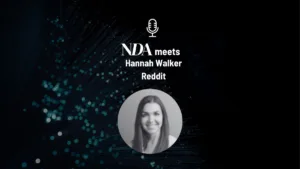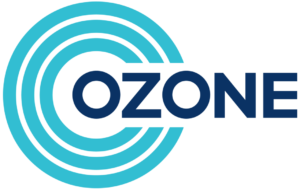Programmatic advertising has many benefits, but it also has a few major downsides, which are only going to be highlighted further with the big changes happening around privacy, identity, and third-party cookies. One of the biggest problems with programmatic is that it is expensive and fails to live up to its high costs by falling short when it comes to offering value.
For one, last year’s ‘ISBA Programmatic Supply Chain Transparency Study’ found that, on average, publishers only receive 51% of advertiser spend within the programmatic ecosystem. The remaining 49% goes to agency fees (7%), DSP fees (8%), demand-side technology fees (10%), SSP fees (8%), and supply-side technology fees (1%), with the final 15% being unattributed, which has been the biggest cause for concern since the report was released.
The ‘missing’ 15% equates to around $22.5 billion of a $150 billion industry disappearing without a trace. And, as it is, advertisers have got that money vanishing and then another $51 billion being paid out to the various stakeholders in the middle of the programmatic ecosystem.
“They found out that roughly half is media spending, or publisher revenue, while the rest goes to fuelling an ecosystem that has been growing a little bit out of control for the last 14 or 15 years. That’s a lot of money,” says Stian Remaad, Co-founder and CEO of Adnuntius.
“If an ad request comes in from a publisher, it’s like a game of pinball, with the request bouncing and rolling between all these different systems and events. And, across these systems, there’s no real standard, which is likely a large reason for that missing 15%.”
What’s the answer?
Since the release of the report, advertising agencies have been under pressure from advertisers to find alternative models that don’t result in the kinds of losses experienced in the programmatic ecosystem.
This has led to the likes of GroupM and Omnicom working on ‘curated marketplaces’, which shorten the value chain by removing some of the systems involved and, in turn, make advertiser media spend go further.
“They’re essentially taking a buying platform and connecting directly to a publisher partner that would like to see some of that revenue,” explains Remaad. And it’s something that Adnuntius has already offered for a number of years.
The company’s platform, which is offered as a ‘white label’ solution, enables Adnuntius to mediate the relationship between the advertiser and the publisher without the need for all the other systems involved in programmatic transactions.
The platform is made up of four components: private marketplace, self-service advertising, data management platform, and ad server. This combination means that “if you’re deploying our marketplace platform, you can eliminate almost all of the technology costs other than the about 15% that we’re getting,” according to Remaad. “Moreover, since the advertising and data management platforms are tightly integrated, customers can be sure that no data is shared with third parties, but rather kept stored in a way that allows for safe activation rather than uncontrolled sharing”.
“With the larger agency groups building similar solutions for themselves, Adnuntius is aiming its platform toward agencies that haven’t got there yet, and to publishers who want to introduce a more effective way of selling ad inventory and data” Remaad says.
“We’re saying that, ‘well, you’ve got these two agencies which are making their way into a new market where they can exclude these costs, what is your plan?’,” he adds. “And we’re showing them that we have a white label platform where they can get all of these benefits as well, and they don’t have to put a cent of development into creating their own platform.”
So, the opportunity clearly exists for advertisers and agencies to ensure that they get more for their money, and for publishers to increase revenues by being on the receiving end of more of this money, by investing in a solution that reduces the number of parties involved in digital advertising – whether that’s via a company like Adnuntius or through one of the big agency groups.
“In programmatic, you have your SSP on one side and your DSP on the other side, but you also have measurement, viewability, and anti-fraud partners – and other platforms – in between those two sides. What we’re doing is, rather than having this disconnected, open ecosystem, we’re providing one platform that mediates the entire auction from the publisher through to the buyer buying the publisher’s inventory,” Remaad concludes.


